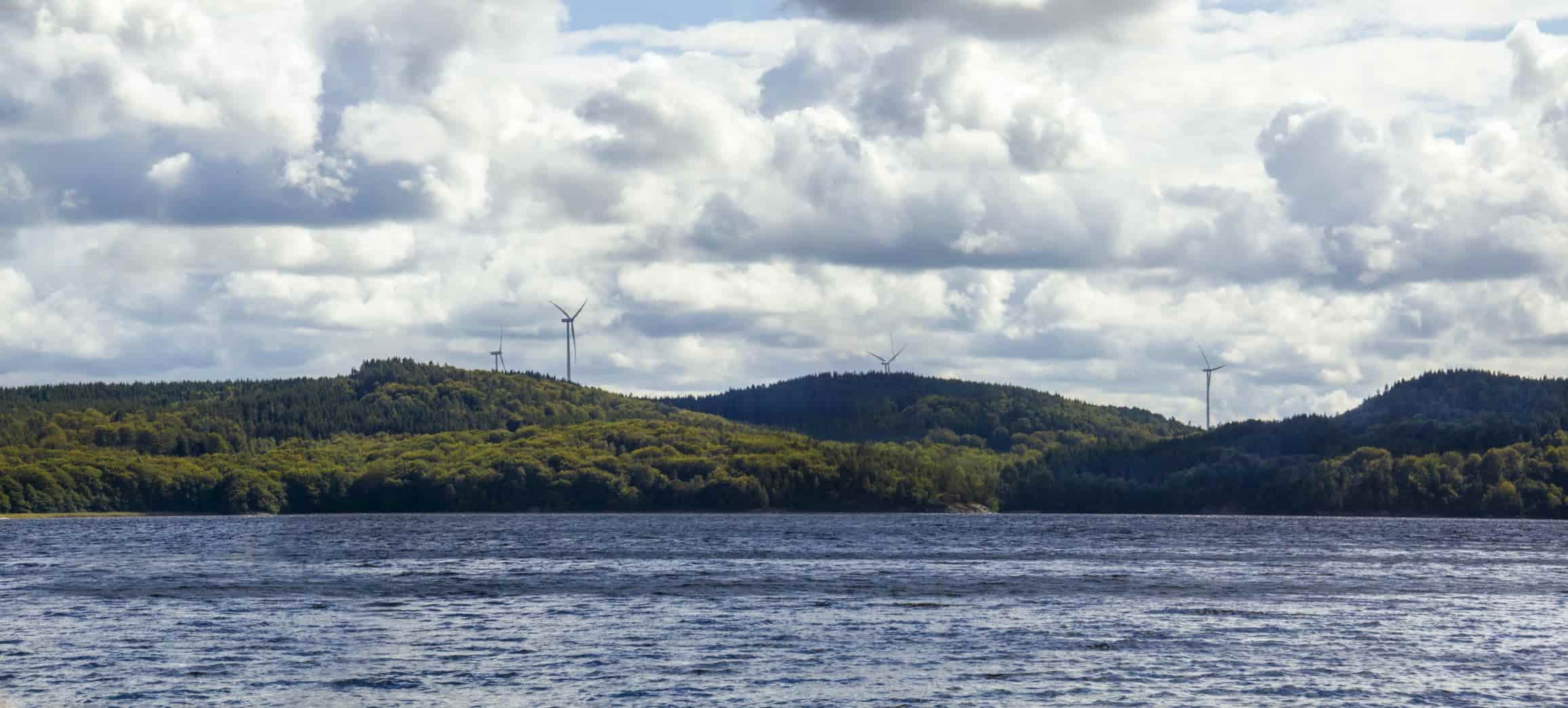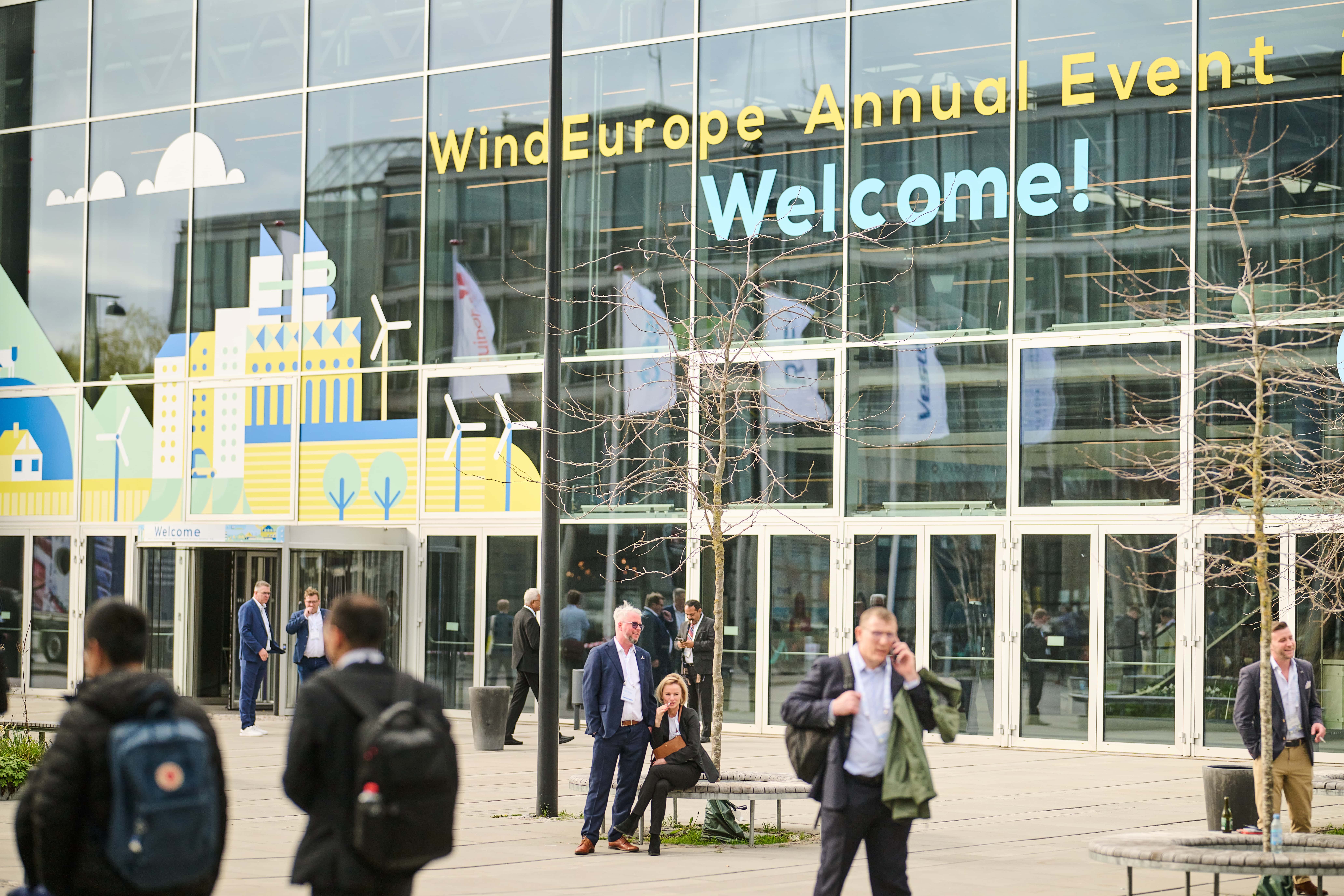News
Smart energy systems
Danish study: large Chinese island could replace coal with renewables and become a Clean Energy Island by 2030


The study is part of the Danish-Chinese Energy Partnership Programme and supports climate and energy targets set by Hainan, while introducing renewable energy sources as an essential component of the least-cost pathway.
The study shows that there is great potential for phasing out the current 38 per cent coal supply for the island of Hainan. Deployment of wind and solar is the lowest cost path for achieving Hainan’s ambitious clean energy targets. Wind and solar power could cover 44 per cent of Hainan’s electricity generation mix and phase out coal by 2030. Replacing coal with wind and solar would only have a 2 per cent higher annual cost compared to the business-as-usual scenario. Such a shift would reduce the annual CO2 emissions from the power sector from 7.0 million tonnes to 1.3 million tonnes.
Futhermore, local energy planning like this could also play an importing role supporting the 2060 net-zero emissions target announced by President Xi Jinping.
-Related news: Green energy islands, renovated buildings and climate-neutral waste: Danish government has a new climate action plan
Hainan to demonstrate a clean island alternative
Hainan is located in Southern China and home to a population of more than 9 million inhabitants. The economy is growing at a rapid pace not least due to a large tourist industry, entailing an equally fast growth in energy demand.
In May 2019, the Chinese government announced a plan to make Hainan a “Clean Energy Island” (CEI). Hainan is set to demonstrate a shift from black to clean energy to inspire the future development of Chinese energy expansion. The plan focuses on the decarbonisation of the energy system in Hainan by boosting renewable energy integration, as well as banning the sale of internal combustion engine vehicles by 2030. Following the ambitions for 2030, the transition requires acceleration and considerable planning efforts to accommodate the targets set by the government.
-Related news: Newly developed Danish technology put to the test in China
A showcase for detailed provincial and regional studies in China
The study is a good case of provincial energy modelling, indicating how the power sector of Hainan can transition and contribute towards the CEI policy target. Towards 2030, Hainan should reduce energy exports and increase generation from renewable sources, resulting in complete removal of coal from the electricity generation mix.
Moreover, the report reveals that Hainan’s Clean Energy Island policy could have a genuine impact on the broader energy system, where coordination of policy and market design with neighbouring provinces is a must.
The Danish-Chinese energy cooperation is under the cooperation framework of National Energy Administration (NEA) and the Danish Ministry of Climate, Energy and Utilities.
Read the study, "Hainan Clean Energy Island - Power sector transformation pathways"
Source: Danish Energy Agency
Photo by Bas van den Eijkhof on Unsplash















